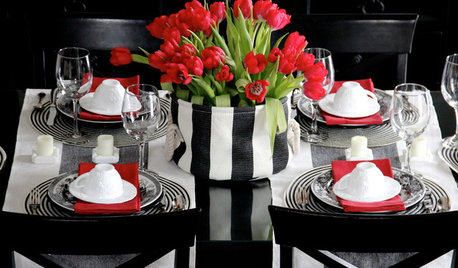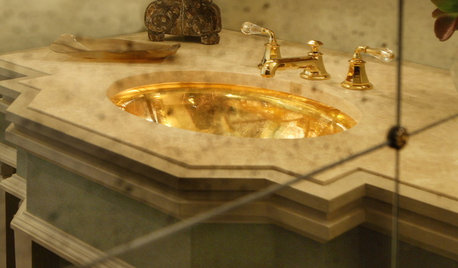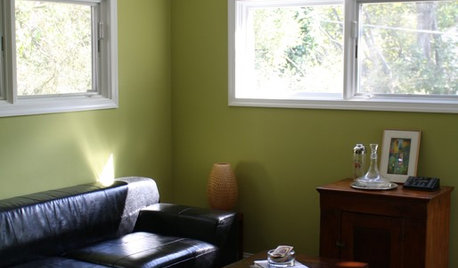Help! I got a Fuchsia!
dragon9206
17 years ago
Related Stories

ENTERTAININGGot Hand-Me-Down Dinnerware? Make a Memorable Meal
They might be mismatched and not your style, but those inherited plates and forks can help bring meaning to your table
Full Story
EXTERIORSHelp! What Color Should I Paint My House Exterior?
Real homeowners get real help in choosing paint palettes. Bonus: 3 tips for everyone on picking exterior colors
Full Story
HOUZZ TOURSMy Houzz: Saturated Colors Help a 1920s Fixer-Upper Flourish
Bright paint and cheerful patterns give this Spanish-style Los Angeles home a thriving new personality
Full Story
PRODUCT PICKSGuest Picks: The Kid’s Got Game!
Make a young football fan feel like a star with a fun bedroom done up in MVPs (Most Valuable Pieces) from the field
Full Story
GLAM STYLEWe've Got a Golden Ticket
Make that 9, actually. These winning rooms use glimmers of gold in designs that may make you gasp in delight
Full Story
HOUSEKEEPINGGot a Disastrously Messy Area? Try Triage
Get your priorities straight when it comes to housekeeping by applying an emergency response system
Full Story
REMODELING GUIDESHave a Design Dilemma? Talk Amongst Yourselves
Solve challenges by getting feedback from Houzz’s community of design lovers and professionals. Here’s how
Full Story
GARDENING GUIDESGot Frost-Damaged Plants? How It Happens, and When and How to Prune
Crispy brown leaves are a sure sign that Jack Frost has been to your neighborhood
Full Story







atash
dragon9206Original Author
Related Professionals
Holly Springs Landscape Architects & Landscape Designers · Windham Landscape Architects & Landscape Designers · Danbury Landscape Architects & Landscape Designers · Clark Landscape Architects & Landscape Designers · Biloxi Landscape Contractors · Fort Atkinson Landscape Contractors · Fort Myers Landscape Contractors · Maywood Landscape Contractors · Paterson Landscape Contractors · San Rafael Landscape Contractors · Whittier Landscape Contractors · Champaign Carpenters · Dallas Carpenters · River Forest Carpenters · Immokalee Stone, Pavers & Concretetweedbunny
dragon9206Original Author
atash
oregonboomer
atash
aftermidnight Zone7b B.C. Canada